We are Team Resolve, a team of five master’s students at Carnegie Mellon University’s Human-Computer Interaction Institute. In 2015, Bloomberg partnered with Resolve for an 8 month project where the team would apply their knowledge of HCI to improve the efficiency of Analytics, Bloomberg’s help desk department, in answering the thousands of client inquiries they receive daily.
Bloomberg L.P. is a multi-national financial services and broadcast company that connects individuals across the world with the latest in financial data and news, although the customer service provided by the Bloomberg Analytics help desk organization is also a core part of the company's market offerings. However, a breakneck work pace, a rapidly changing ecosystem, a complex product, and a diverse population of demanding clients can make the department’s goals difficult to achieve.
To gain a baseline knowledge of the Analytics problem space, the team did a literature review discussing context switching and cognitive load, how they affect people, and how to better navigate these issues. The team also conducted interviews with people in customer service, as well as an interview with Professor Laura Dabbish, a psychology expert in the fields of stress and cognitive load.
Additionally, the team conducted a competitive analysis of not only Bloomberg competitors, but also companies in lateral fields with a focus on customer service, including Thomson Reuters Eikon, the Ritz-Carlton Hotel, and Nordstrom. This study led to a greater understanding of the relevant market and of the qualities that contribute to great service.



Once the team had their domain knowledge, they travelled to Bloomberg headquarters in New York to conduct contextual inquiries with 17 Analytics representatives ranging across various levels of experience.
Contextual inquiries involve researchers observing people as they go about their typical work day and process. The team observed representatives for thirty minutes before going through a fifteen minute debrief with them.
The results of this research trip provided the team insights into the work conditions and thought processes of the representatives, as well as their training. The team then used this information to create an affinity diagram, putting all their observations down on sticky notes and then categorizing them to find themes and points across all the representatives.

With a better image of what the representatives' experiences are like, the team returned to New York later to conduct more targeted research, this time with 12 more representatives. They conducted structured interviews, incorporating a variety of activities to help the representatives give thorough information about everything they do as part of their work.
The team then took the data from this research session to pinpoint areas for improvement and brainstormed over 70 ideas for solutions that they then refined and narrowed down to the top 15. These top 15 ideas were fleshed out and drawn out in storyboard format.
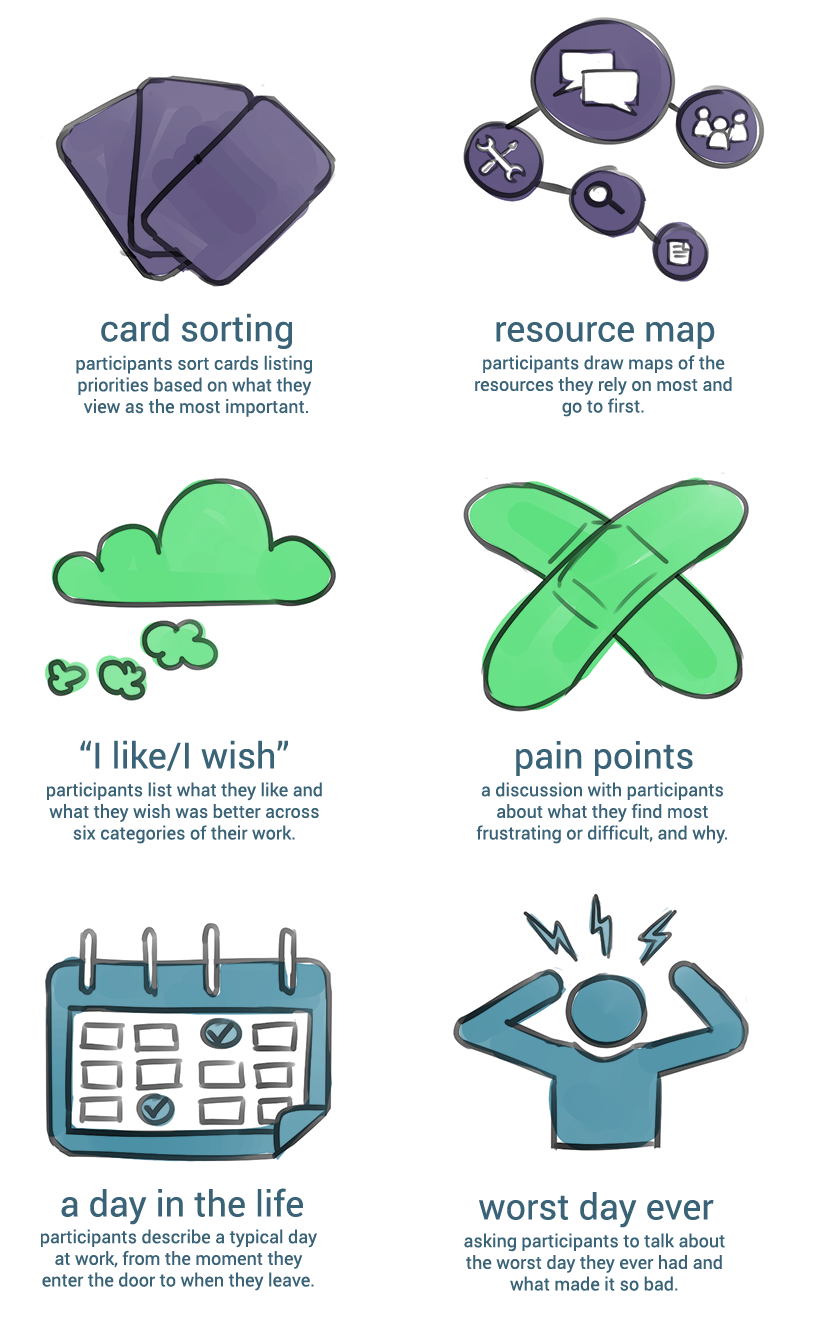


The team took the storyboards of the top 15 ideas and presented them to 15 representatives.
The team walked the representatives through each of the solutions in the form of a use case scenario drawn in the storyboards. They discussed what they thought was helpful or unhelpful about each solution, and why. Each comment, whether it was positive or negative or a suggestion, was written down on a sticky note and attached to each storyboard it was for in order to keep track of what comments were for which idea.
Having gotten feedback on the top 15 ideas, the team was better able to understand what sort of solution the representatives would need and was able to further narrow down the ideas until they were able to come up with three 'visions' of a solution.

After meeting with stakeholders and users, the team narrowed down their visions and chose just one to pursue at the design phase. They used a 3-2-1 methodology; they started with 3 lo-fi prototypes, which based on user feedback, they narrowed down to 2 prototypes to test at mid-fi. Based on user feedback during mid-fi testing, they narrowed down their prototypes to just one for hi-fi testing and the final product.
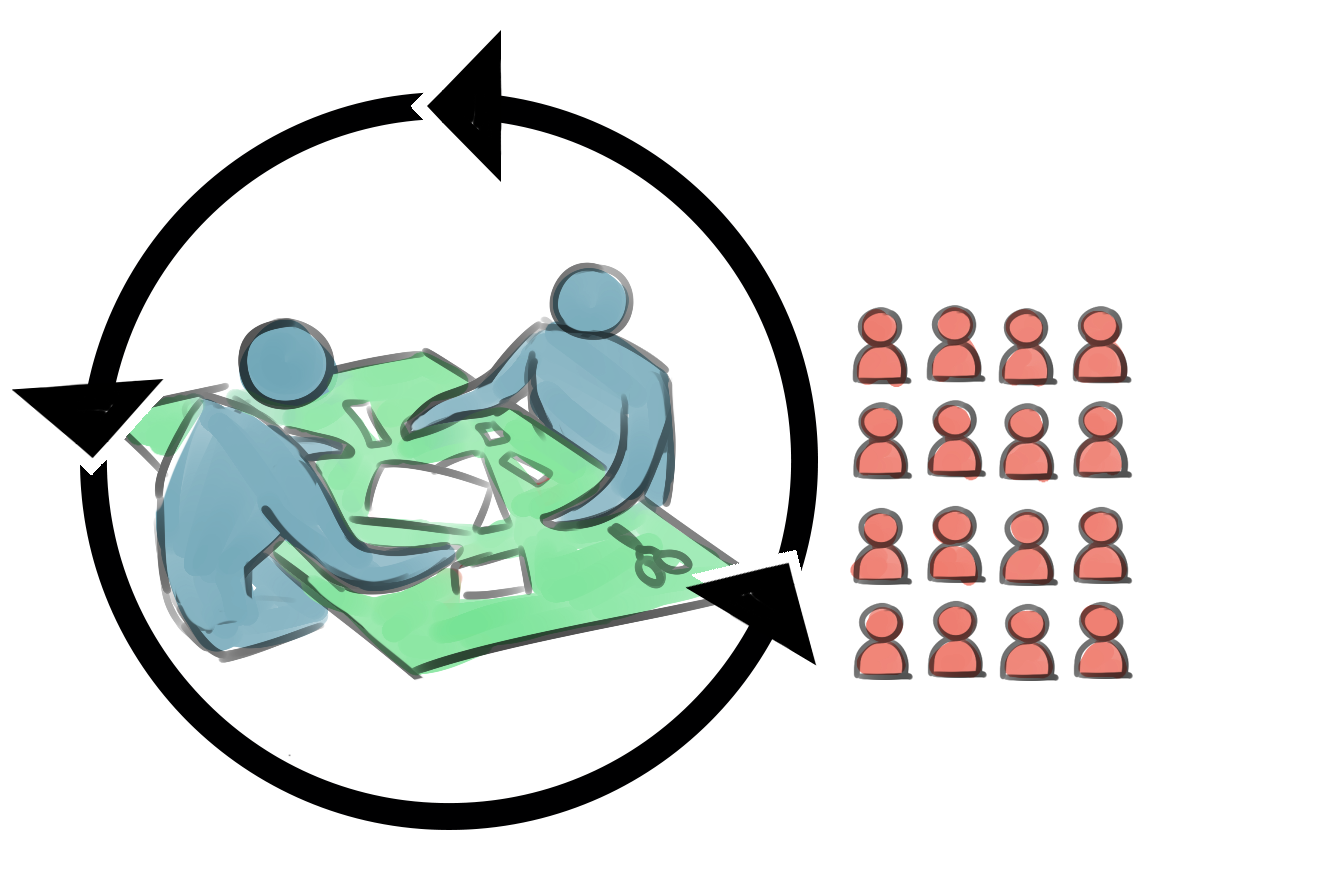
The design process was iterative and incorporated testing. The team developed lo-fi paper prototypes and tested it with 16 users, conducting think-alouds of them interacting with the interface and conducting additional interviews with them afterwards. Based on feedback from the various users, the team examined what elements of the design needed changing and revised their concepts.
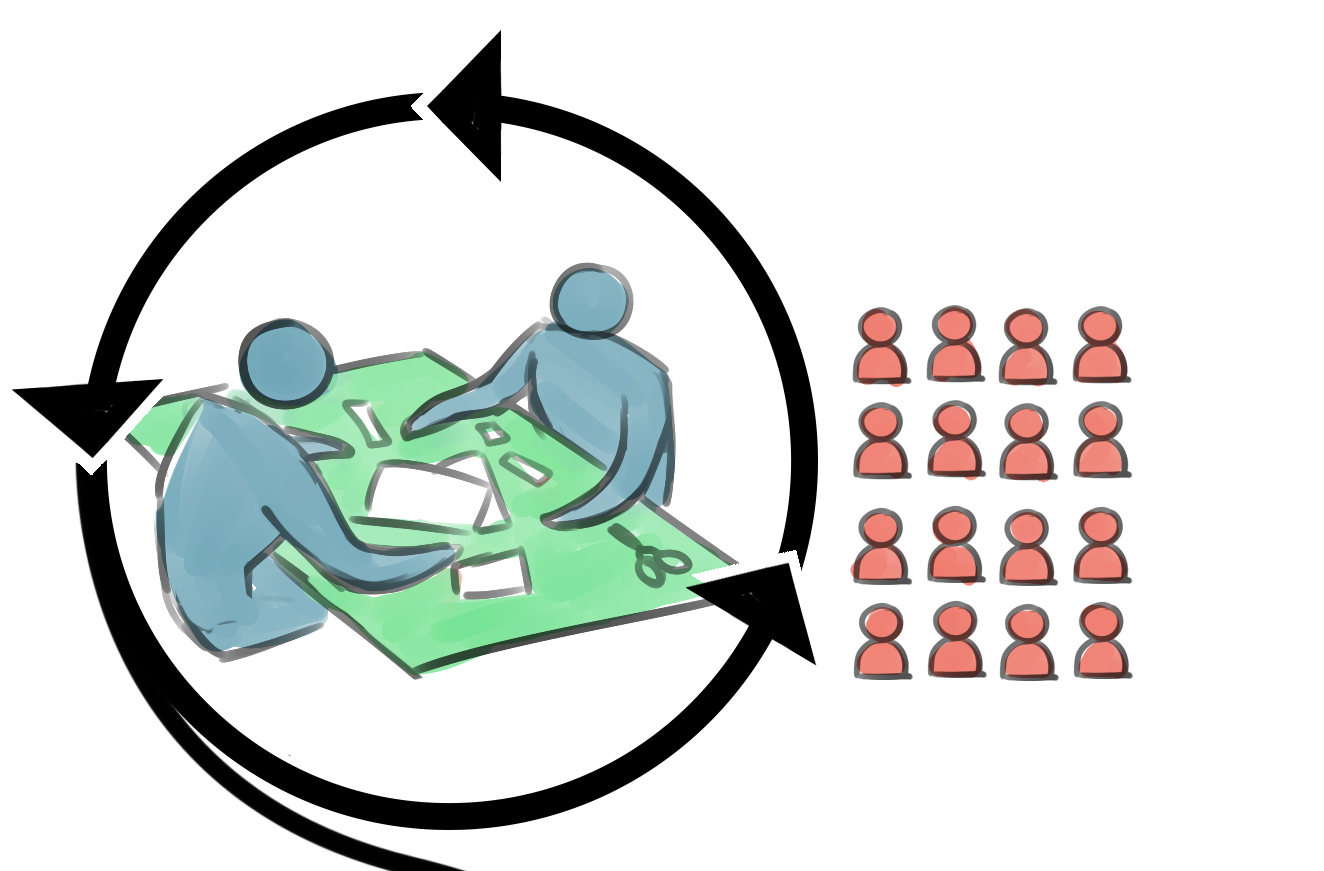


The next stage was mid-fi prototyping. The team created fully interactive wireframes in Axure of their revised design and tested them with another 16 users using think-alouds and post-interviews. Sessions were recorded with screen capture software, eyetracking software, and audio and video recording in addition to note taking.



Based on feedback from the mid-fi prototype testing, the team then went on to create a full hi-fi prototype in Axure and Sketch, incorporating both functional and cosmetic changes from the feedback of the last round of users. After testing the hi-fi prototype with another 12 users, the team made final minor changes to make their final prototype.
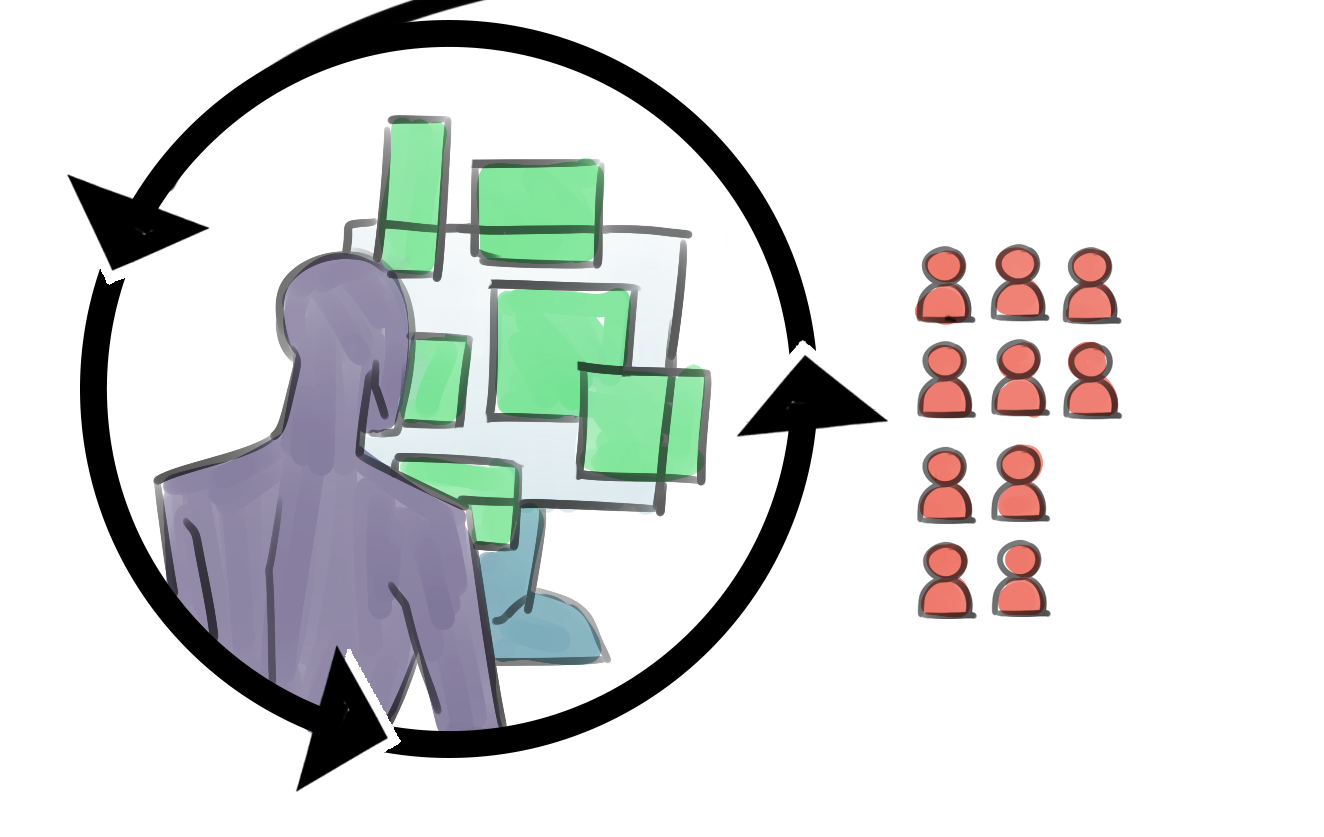

Formally educated in psychology, Liz always grounds the team in the human aspects of their work. She spearheads their research and testing, leveraging resulting insights to build better user experiences.
As a former technology consultant, Mike values organization, communication, and close client interaction, which makes him the perfect fit as Resolve’s Project Manager.
A computer scientist by trade but a designer by passion, Raghav brings the best of both worlds to Team Resolve by ensuring that high level designs become elegant, tangible outputs.
As a recent grad from Carnegie Mellon in art and linguistics, Lisa uses her skills to help the team visualize ideas and communicate ideas clearly.
With a background in finance and experience in an e-commerce startup, Jason brings a wealth of domain knowledge to this project. His attention to detail and eye for design make him the perfect fit as Resolve’s UX Design Lead.

With a background in finance and experience in an e-commerce startup, Jason brings a wealth of domain knowledge to this project. His attention to detail and eye for design make him the perfect fit as Resolve’s UX Design Lead.
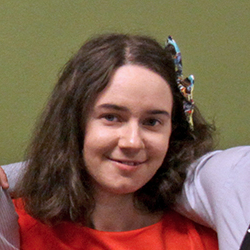
As a recent grad from Carnegie Mellon in art and linguistics, Lisa uses her skills to help the team visualize ideas and communicate ideas clearly.

A computer scientist by trade but a designer by passion, Raghav brings the best of both worlds to Team Resolve by ensuring that high level designs become elegant, tangible outputs.
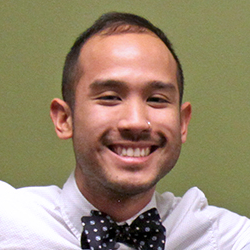
As a former technology consultant, Mike values organization, communication, and close client interaction, which makes him the perfect fit as Resolve’s Project Manager.
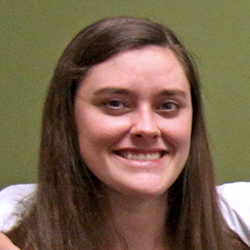
Formally educated in psychology, Liz always grounds the team in the human aspects of their work. She spearheads their research and testing, leveraging resulting insights to build better user experiences.